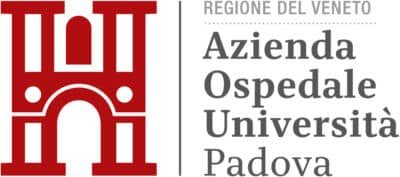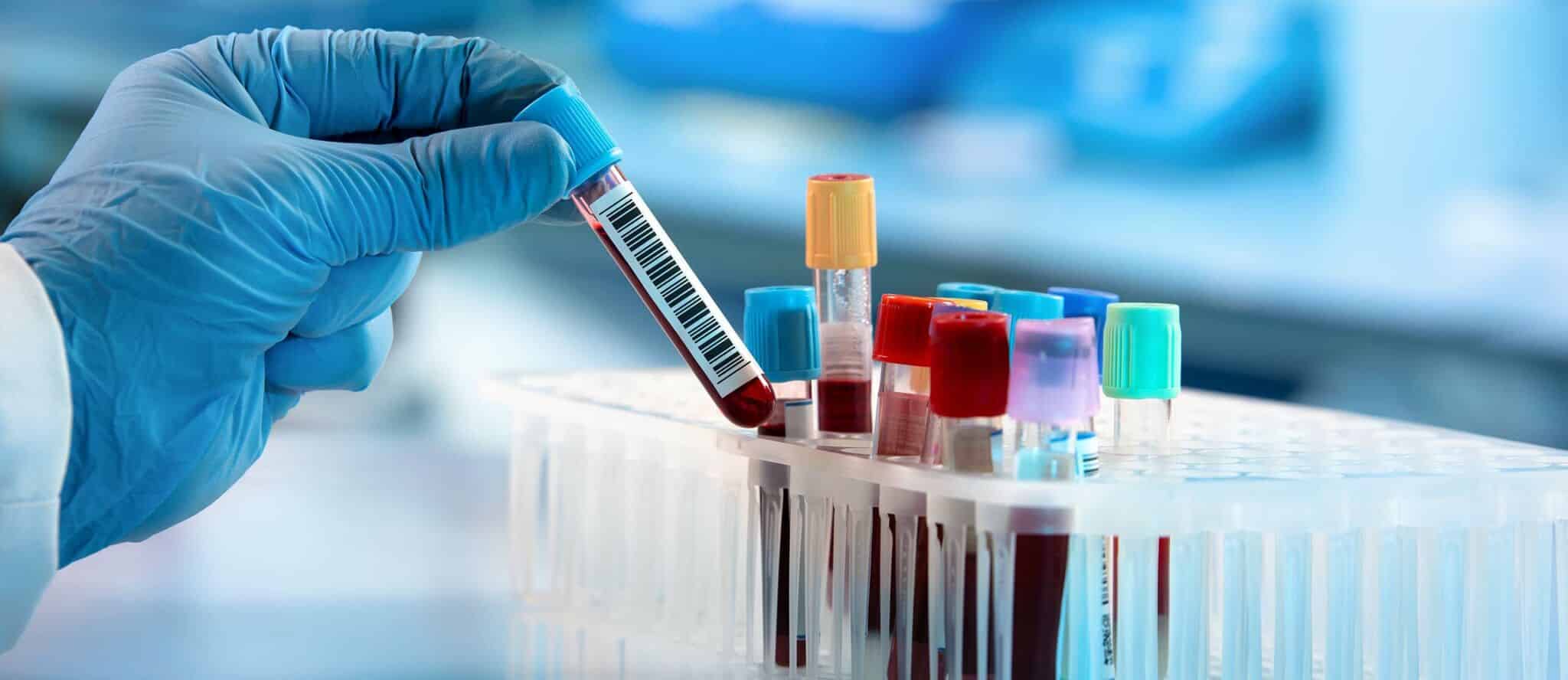

The Course in Laboratory and clinical diagnosis of thrombosis and haemostasis allows medical, biological, nursing, and laboratory professionals to get up-to-date on the diagnosis and management of the main haemostasis disorders.
This advanced training course furthers theoretical and practical knowledge in carrying out and interpreting laboratory tests. Specifically, it trains students on the techniques of performing laboratory tests and learning how to interpret results through hands-on internships, where the prescription and application of laboratory tests will be put into practice as part of diagnostic algorithms in order to arrive at the diagnosis of the haemostasis disorders, i.e. the main congenital and acquired thrombotic and haemorrhagic coagulopathies.
The Course in Laboratory and clinical diagnosis of thrombosis and haemostasis allows for the acquisition of ultra-specialised skills in carrying out and interpreting laboratory tests for the diagnosis of the main haemostasis disorders.
Students will spend time at the course’s laboratory facilities, following a schedule agreed upon in advance with the lecturers and students in order to stick to a consistent, regular timetable.
The programme, which has been divided into eight different teaching areas, is detailed below.
The Course in Laboratory and clinical diagnosis of thrombosis and haemostasis is meant for graduates in medicine and surgery, biological sciences, or medical biotechnology as well as students with three-year degrees in biology, nursing sciences, or laboratory techniques.
The Postgraduate Course trains professionals (physicians, biologists, laboratory technicians, nurses) who will be able to find employment in national public and private healthcare facilities, with a particular focus on offering specialised, highly autonomous healthcare in a variety of settings.
The Course in Laboratory and clinical diagnosis of thrombosis and haemostasis covers the following topics:
Teaching Module 1 – PHYSIOPATHOLOGY OF HAEMOSTASIS AND MAIN LABORATORY TESTS
Physiology of the coagulation system. Physiology of haemostasis. Overview of the main laboratory tests for haemostasis and thrombosis.
Teaching Module 2 – EPIDEMIOLOGY AND DIAGNOSIS OF HEMMORRHAGE DISORDERS
Epidemiology, clinical elements, diagnosis, and introduction to therapy for congenital (haemophilia, von Willebrand disease, rare haemorrhagic disorders) and acquired (acquired haemophilia, disseminated intravascular coagulation, cirrhotic coagulopathy, drug-induced coagulopathy) haemorrhagic coagulopathies.
Teaching Module 3 – EPIDEMIOLOGY AND DIAGNOSIS OF THROMBOTIC DISEASES
Epidemiology, clinical elements, diagnosis, and introduction to therapy for venous thromboembolic disease and discussion of congenital and acquired risk factors.
Teaching Module 4 – THE LABORATORY IN THE DIAGNOSTIC ALGORITHMS OF HAEMOSTASIS DISORDERS
Discussion of diagnostic algorithms in thrombotic and haemorrhagic disorders; application and interpretation of laboratory tests in different diagnostic algorithms; appropriateness of requesting laboratory tests.
Teaching Module 5 – THE LABORATORY IN THE DIAGNOSIS OF CONGENITAL AND ACQUIRED THROMBOPHILIAS
Tests for the diagnosis of coagulation inhibitor defects; antiphospholipid antibody assay; functional and antigenic tests.
Teaching Module 6 – MOLECULAR BIOLOGY IN THE HAEMOSTASIS LABORATORY AND THROMBIN GENERATION TESTS
Molecular biology techniques in the thrombosis and haemostasis laboratory. Operating principles of the thrombin-generation test and application of the test in haemostasis disorders.
Teaching Module 7 – GLOBAL COAGULATION TESTS AND CELL CULTURES
Principles of global coagulation tests (thromboelastometry and platelet aggregometry on whole blood); clinical utility of global tests in haemostasis and thrombosis; cell culture and microscopy models applied to haemorrhagic diseases.
Teaching Module 8 – QUALITY IN THE HAEMOSTASIS AND THROMBOSIS LABORATORY
General quality programme; quality in coagulation tests; quality in thrombophilia and haemophilia tests and anticoagulant monitoring.
The general ranking of merit for the academic year 2025/26 will be published on the Italian page of this Course according to the timing provided in the Call.
Information
FAQ
The course includes in-person lectures that will be held at the University of Padua Hospital, subdivided into 10 lectures that will take place on Friday afternoons- at most, a couple of Fridays per month, over the course of the academic year in the teaching rooms of the Department of Medicine (DIMED).
There will also be two cycles of hands-on laboratory internship under the supervision of an advisor. The student will also participate in periodic seminars and meetings with discussion of clinical/laboratory cases.
Each student will have to carry out two (non-continuous) weeks of internship, split between the laboratory and the outpatient clinics of the Medical Clinic 1 UOSD Thrombotic and Haemorrhagic Diseases.
Students will carry out their internship at the UOC of Laboratory Medicine and the UOC of General Medicine for Thrombotic and Haemorrhagic Diseases in the University of Padua Hospital.
At the end of the course, 12 university educational credits will be awarded, after passing the final examination, which consists of the discussion of a thesis. A minimum of 70 % compulsory attendance is required for all lectures and internship activities.
There is only one overall final assessment test for all subjects, which consists of the discussion of a thesis or project.

